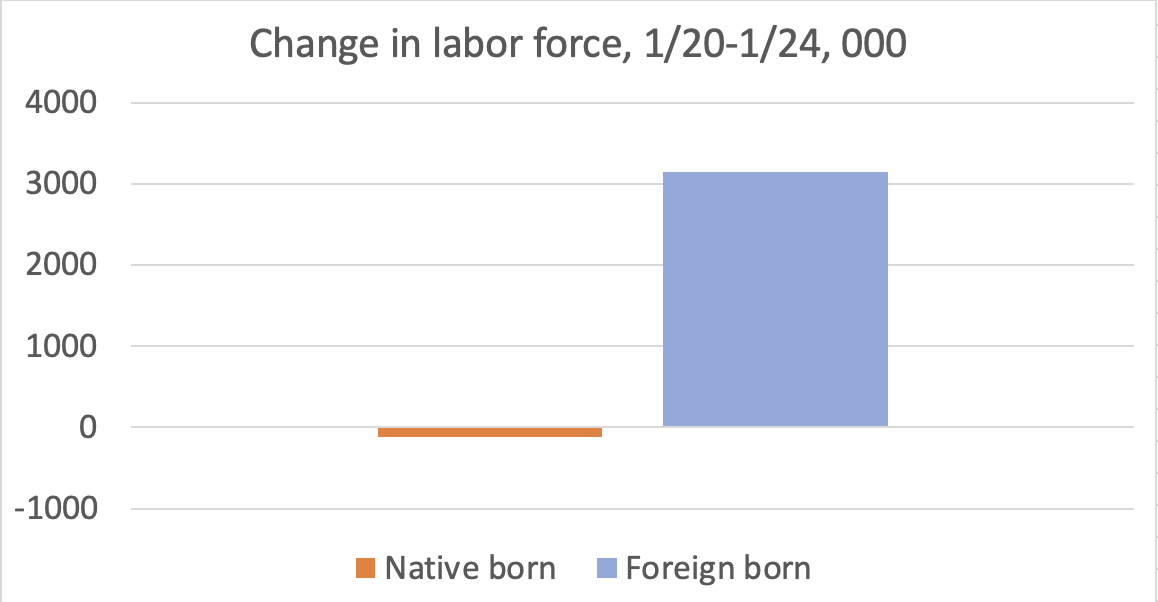OK, I'm having a very nerdy moment. Trying to understand why US-China bilateral trade imbalance is so large. NOT because it's important, but just because it's kind of a puzzle; I guess it's my inner @Brad_Setser 1/
@Brad_Setser So last year US goods imports from China were $539.5 billion, US goods exports $120.3 billion. That's 4.5 to 1. Why so much asymmetry? I think 4 reasons: Hong Kong, macroeconomics, value-added, and oil 2/
@Brad_Setser Hong Kong: effectively part of the Chinese economy, and the US runs a large surplus - $37 b in exports, only $6 b in imports. Basically a lot of US goods appear to enter China via HK (something similar in Europe, where US exports to Germany go via Belgium/NL) 3/
@Brad_Setser Adding HK reduces the export imbalance to "only" 3.5 to 1. Now macro: the US runs overall trade deficit, with imports 1.5 times exports. China runs overall surplus, with imports only 0.8 exports. On some sort of gravity-ish story, this suggests ratio "should" be around 2 4/
@Brad_Setser Now add China's role as "great assembler", with value-added in exports really coming from elsewhere; famous case of iPhone. Much less true than it used to be, but still means that Chinese surplus is partly optical illusion 5/ data.oecd.org/trade/domestic…
@Brad_Setser Lastly, China imports a lot of oil, which means other things equal needs to run a surplus on everything else. Used to be true of US, but with fracking we're now almost self-sufficient in hydrocarbons (but not exporting to China) This adds a further reason for bilateral 6/
@Brad_Setser Someone with more time and patience should try to do the full accounting, but I think the US-China bilateral can mainly be explained by "natural causes"; doesn't have much to do with either country's trade policy 7/
• • •
Missing some Tweet in this thread? You can try to
force a refresh













